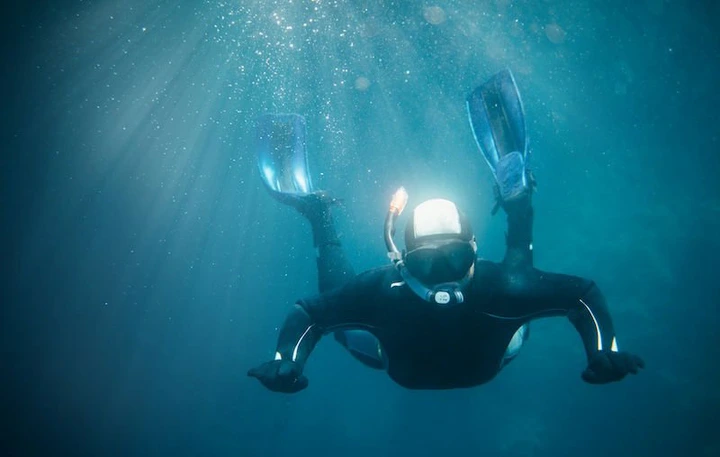Artificial intelligence enhances the capabilities of robots for improved underwater exploration.

View pictures in App save up to 80% data.
The ocean represents one of the final vast frontiers on our planet, encompassing over 70% of its surface while still being mostly uncharted. Autonomous underwater vehicles (AUVs) are revolutionizing exploration by delving into the depths without the need for human operators.
These autonomous underwater vehicles (AUVs) are employed for tasks such as mapping the ocean floor, investigating marine ecosystems, and even locating shipwrecks or valuable minerals. With advancements in artificial intelligence (AI), these robotic submarines are evolving to become increasingly intelligent and proficient.
AUVs function in demanding conditions where direct human oversight is often unfeasible. The ocean is expansive, dimly lit, and rife with unpredictable currents. Conventional AUVs depended on preset commands, limiting their ability to adjust to unforeseen circumstances.
Artificial intelligence is transforming this field by enabling autonomous underwater vehicles (AUVs) to independently make decisions, adapt, and react to their surroundings in real time.
An intriguing advancement has emerged from MIT researchers, who have developed AI systems for Autonomous Underwater Vehicles (AUVs) that leverage machine learning to assess their environments and modify their operational objectives accordingly.
For instance, an AUV used for mapping coral reefs is now capable of identifying significant areas, like thriving or compromised coral, allowing it to concentrate its data collection efforts in those locations. This approach optimizes both time and energy, resulting in more valuable insights.
AI enhances navigation capabilities significantly. When it comes to underwater environments, GPS is ineffective as satellite signals cannot reach through water. To determine their location, Autonomous Underwater Vehicles (AUVs) rely on various sensors, including sonar and cameras.
Artificial intelligence aids in analyzing this data to produce precise representations of the ocean floor. In a particular research project, a group of scientists employed AI to instruct autonomous underwater vehicles (AUVs) on how to navigate around obstacles such as rocks and submerged structures, enabling them to safely investigate more intricate environments.
A significant advancement has been made in swarm intelligence, which involves multiple AUVs collaborating as a cohesive unit. Drawing inspiration from the behavior of fish schools, scientists are creating AI algorithms that